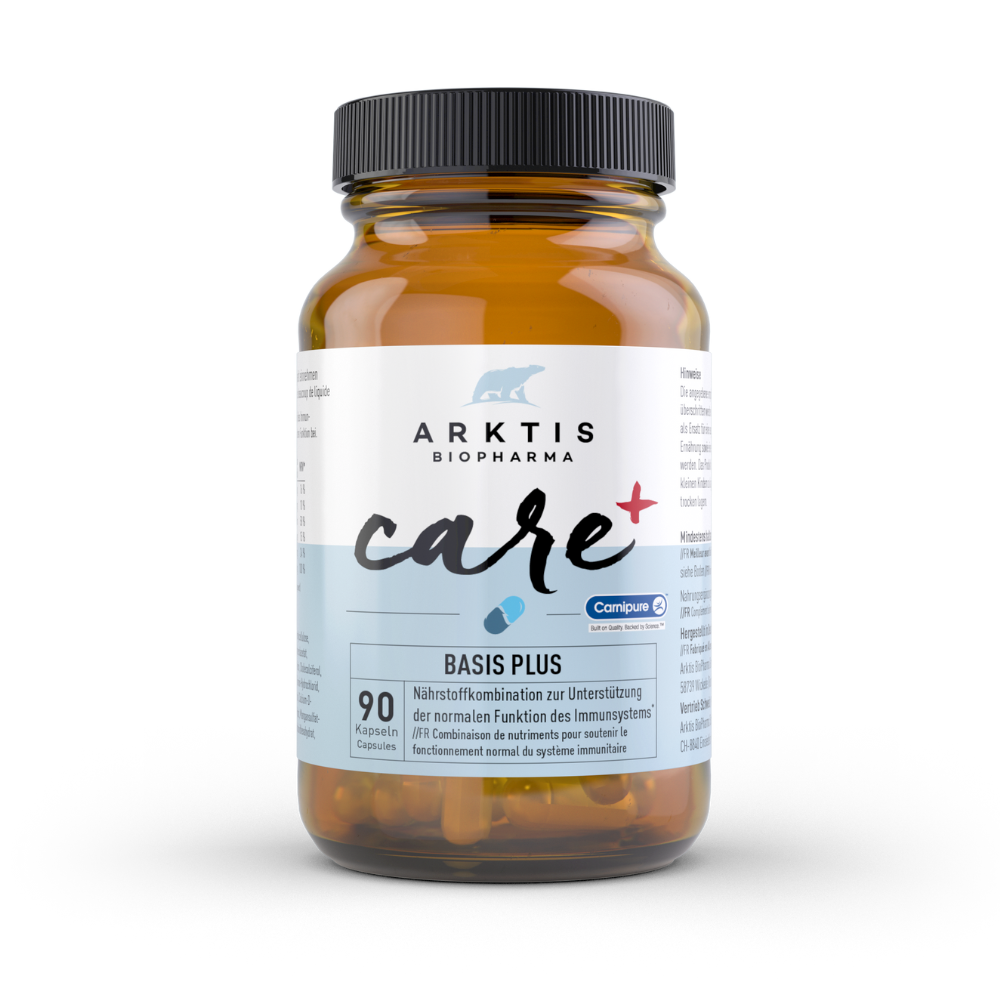[g_podcast id="7340783"]
In this episode, I talk about:
When I talk about fermented vegetables, I often get questioning looks. And when I say that I'm talking about sauerkraut, for example, quite a few people grimace.
But there are many more ways to ferment vegetables than just sauerkraut.
Fermented vegetables are all the rage, but it's something very traditional. Our ancestors developed this process to preserve vegetables for longer. In the days when there were no (or definitely not as big) fridges, people usually grew their own vegetables. And the harvest was often such that you had more vegetables than you could eat in one go.
If you ferment vegetables, you have access to the quality of vegetables you want all year round. Organic, regionally and seasonally harvested, for example.
And if you have your own garden, you also have the option of preserving vegetables that you can't eat straight away.
Other advantages are that the vitamins in the vegetables are better preserved, as you don't cook them during fermentation and the heat destroys vitamins. In addition, fermented vegetables are easier to digest than raw vegetables.
You also have a different taste experience, especially cabbages, which taste very strong when cooked, get a completely different and for many people more pleasant taste through fermentation.
And finally, fermented foods provide you with valuable bacteria for your intestinal flora and thus support your intestinal health.
You first need the following things to get started:
Types of vegetables you can use: You can actually use anything that you can eat raw. Potatoes, eggplants or beans are therefore not suitable.
However, the following are very suitable: all types of cabbage, carrots, zucchinis, beet...
The procedure is as follows:
First wash and clean the vegetables, then cut them into sticks or finely shred them, mix them with 1-5% sea salt, knead them until enough liquid has been released or pour a 1-5% brine over the vegetables if you cannot knead them because they are too hard.
Layer everything together with the desired spices tightly in a jar, making sure that it is covered with liquid and place a glass weight on top so that the vegetables do not float to the surface and start to mold.
Then leave the jar at room temperature until it tastes good, try it once after about a week.
As soon as it has fermented sufficiently, you should refrigerate it.
Here is a recipe to get you started:
Kimchi recipe
It is definitely very important, work hygienically and rinse the fermentation jars hot and with washing-up liquid before using them.
It is also important that the vegetables are always covered with brine or leaked liquid from the vegetables (mixed with salt).
If a fine white coating forms at the top or bottom of the jar, it is most likely cream yeast. If it is a furry coating in different colors, then it could be mold.
At Sauer macht glücklich you will find a great article on how to distinguish between cream yeast and mold: to the article
I hope you enjoy trying it out, please let me know if it worked!
Do you have any questions on the topic? Then feel free to write them in the comments, I will also be doing a podcast interview with Sauer macht glücklich, so they can answer your questions right away!
Now I recommend that you subscribe to the podcast so that you don't miss an episode, and if you like what you hear, then I would really appreciate a rating on iTunes or Apple Podcast. Because these reviews also help other people find the podcast so we can spread the knowledge about gut and health more.




In this episode, I talk about:
- Where does fermenting come from?
- What are the benefits?
- What to look out for when fermenting?
- What do you need to ferment vegetables?
- Frequently asked questions about fermenting
When I talk about fermented vegetables, I often get questioning looks. And when I say that I'm talking about sauerkraut, for example, quite a few people grimace.
But there are many more ways to ferment vegetables than just sauerkraut.
Where does fermentation come from?
Fermented vegetables are all the rage, but it's something very traditional. Our ancestors developed this process to preserve vegetables for longer. In the days when there were no (or definitely not as big) fridges, people usually grew their own vegetables. And the harvest was often such that you had more vegetables than you could eat in one go.
What are the advantages of fermenting?
If you ferment vegetables, you have access to the quality of vegetables you want all year round. Organic, regionally and seasonally harvested, for example.
And if you have your own garden, you also have the option of preserving vegetables that you can't eat straight away.
Other advantages are that the vitamins in the vegetables are better preserved, as you don't cook them during fermentation and the heat destroys vitamins. In addition, fermented vegetables are easier to digest than raw vegetables.
You also have a different taste experience, especially cabbages, which taste very strong when cooked, get a completely different and for many people more pleasant taste through fermentation.
And finally, fermented foods provide you with valuable bacteria for your intestinal flora and thus support your intestinal health.
How exactly does it work?
You first need the following things to get started:
- Glass fermentation vessel
- Glass weight
- Untreated sea salt
- Organic spices
- Vegetables
- Kitchen scales
- Knife, slicer
- 2-3 weeks to allow the vegetables to ferment
Types of vegetables you can use: You can actually use anything that you can eat raw. Potatoes, eggplants or beans are therefore not suitable.
However, the following are very suitable: all types of cabbage, carrots, zucchinis, beet...
The procedure is as follows:
First wash and clean the vegetables, then cut them into sticks or finely shred them, mix them with 1-5% sea salt, knead them until enough liquid has been released or pour a 1-5% brine over the vegetables if you cannot knead them because they are too hard.
Layer everything together with the desired spices tightly in a jar, making sure that it is covered with liquid and place a glass weight on top so that the vegetables do not float to the surface and start to mold.
Then leave the jar at room temperature until it tastes good, try it once after about a week.
As soon as it has fermented sufficiently, you should refrigerate it.
Here is a recipe to get you started:
Kimchi recipe
What can go wrong or what should you look out for?
It is definitely very important, work hygienically and rinse the fermentation jars hot and with washing-up liquid before using them.
It is also important that the vegetables are always covered with brine or leaked liquid from the vegetables (mixed with salt).
If a fine white coating forms at the top or bottom of the jar, it is most likely cream yeast. If it is a furry coating in different colors, then it could be mold.
At Sauer macht glücklich you will find a great article on how to distinguish between cream yeast and mold: to the article
I hope you enjoy trying it out, please let me know if it worked!
Do you have any questions on the topic? Then feel free to write them in the comments, I will also be doing a podcast interview with Sauer macht glücklich, so they can answer your questions right away!
Now I recommend that you subscribe to the podcast so that you don't miss an episode, and if you like what you hear, then I would really appreciate a rating on iTunes or Apple Podcast. Because these reviews also help other people find the podcast so we can spread the knowledge about gut and health more.

















